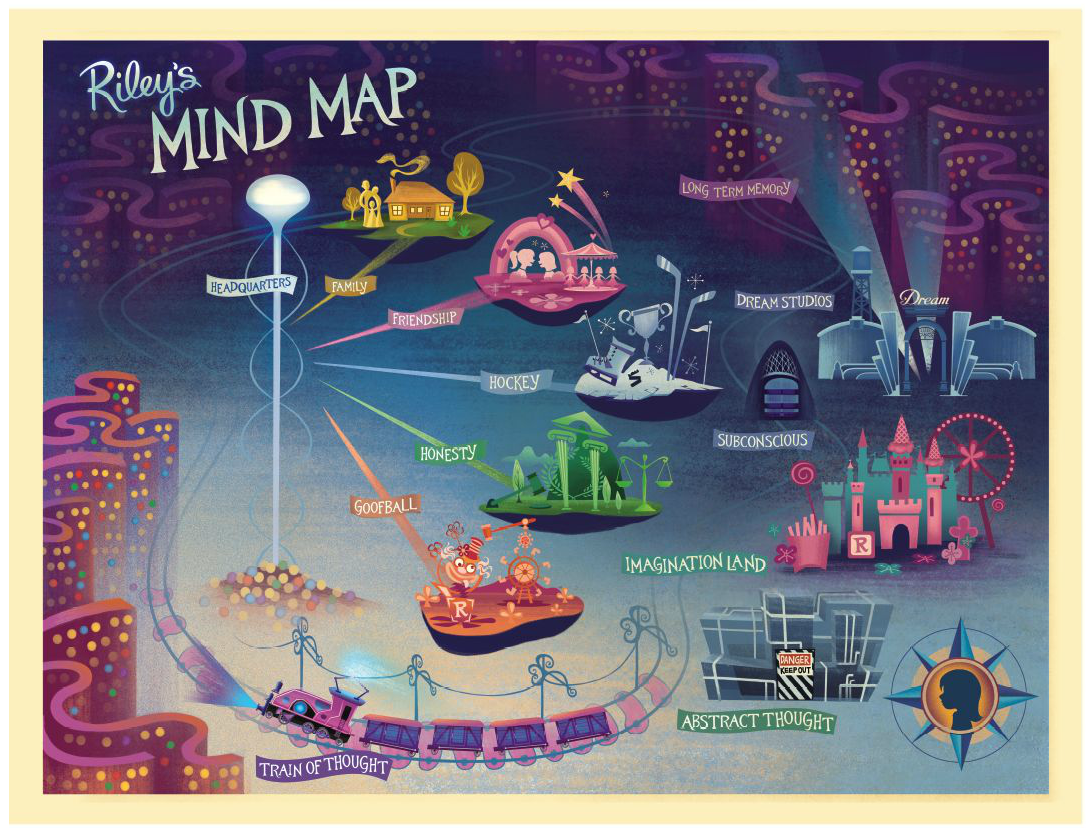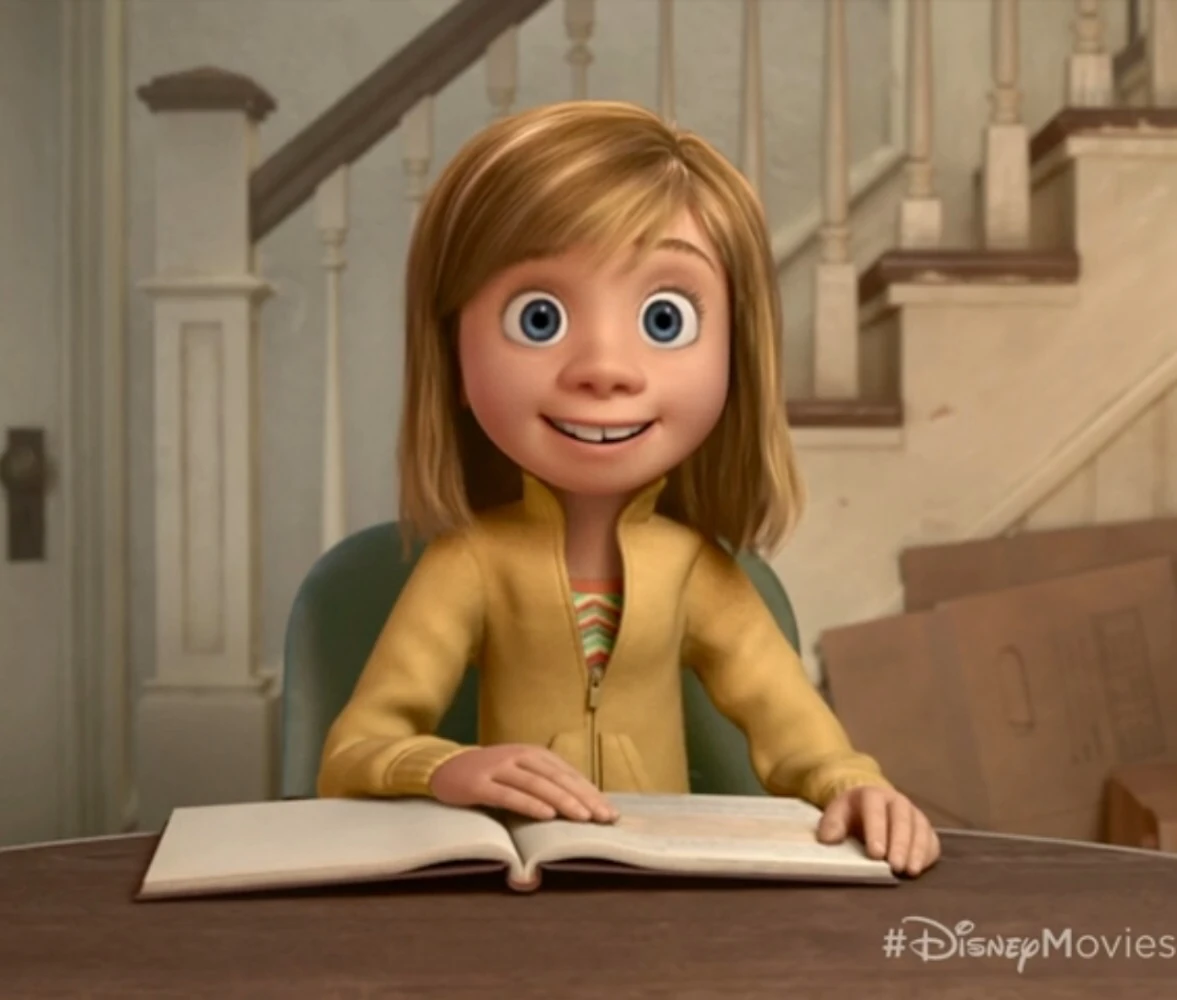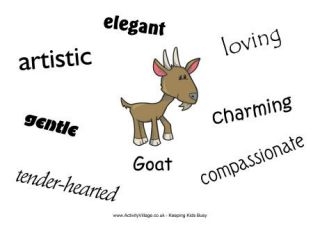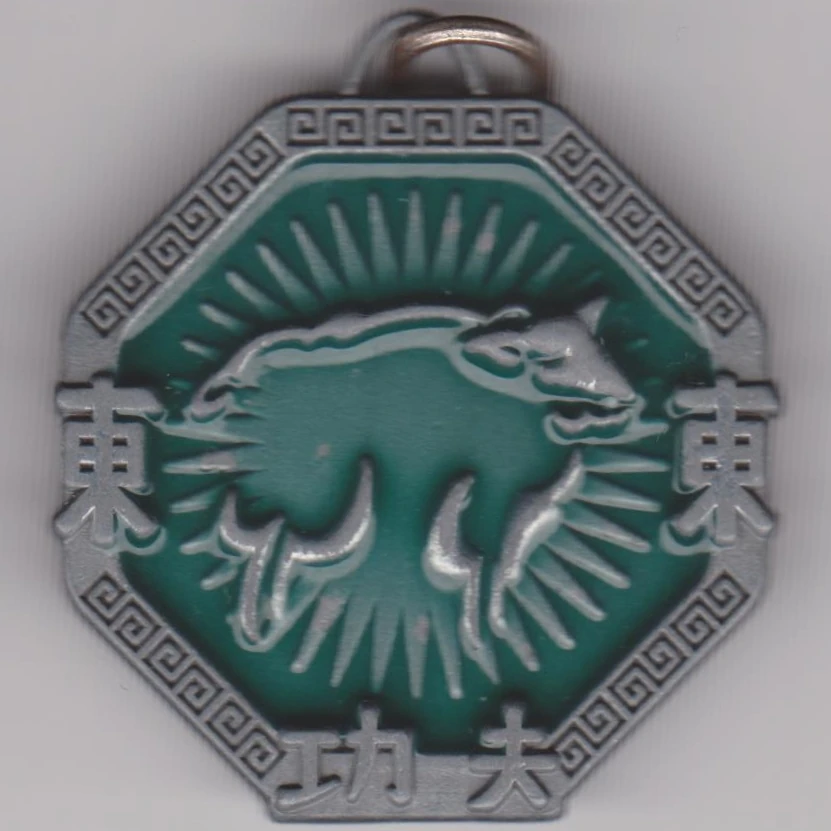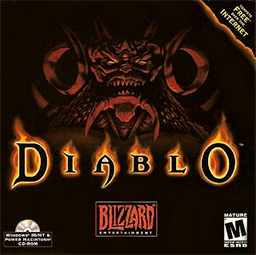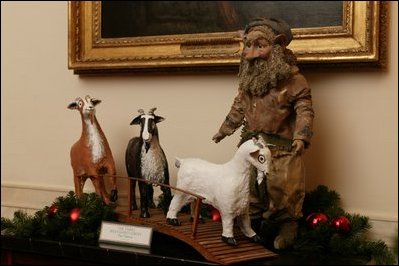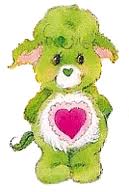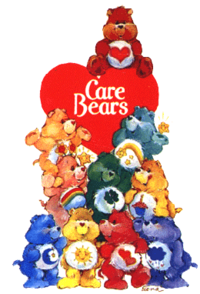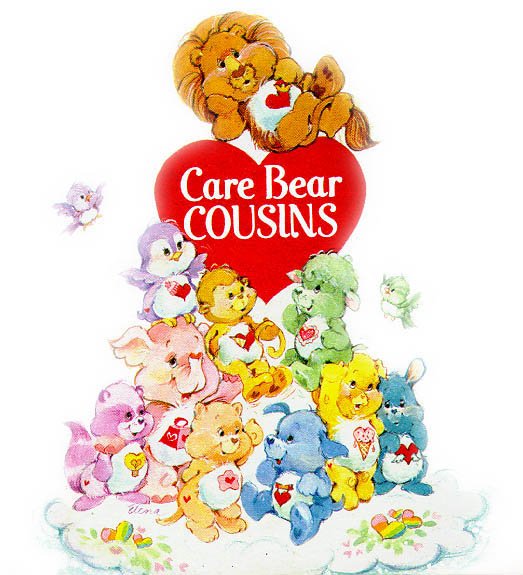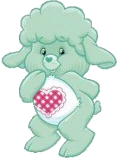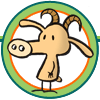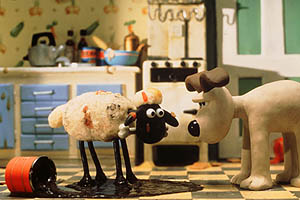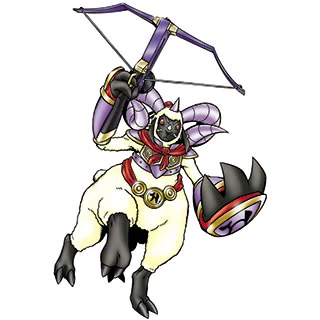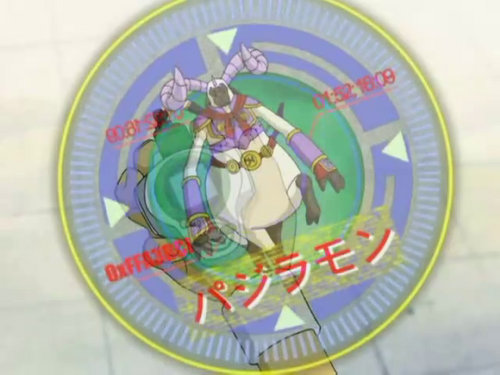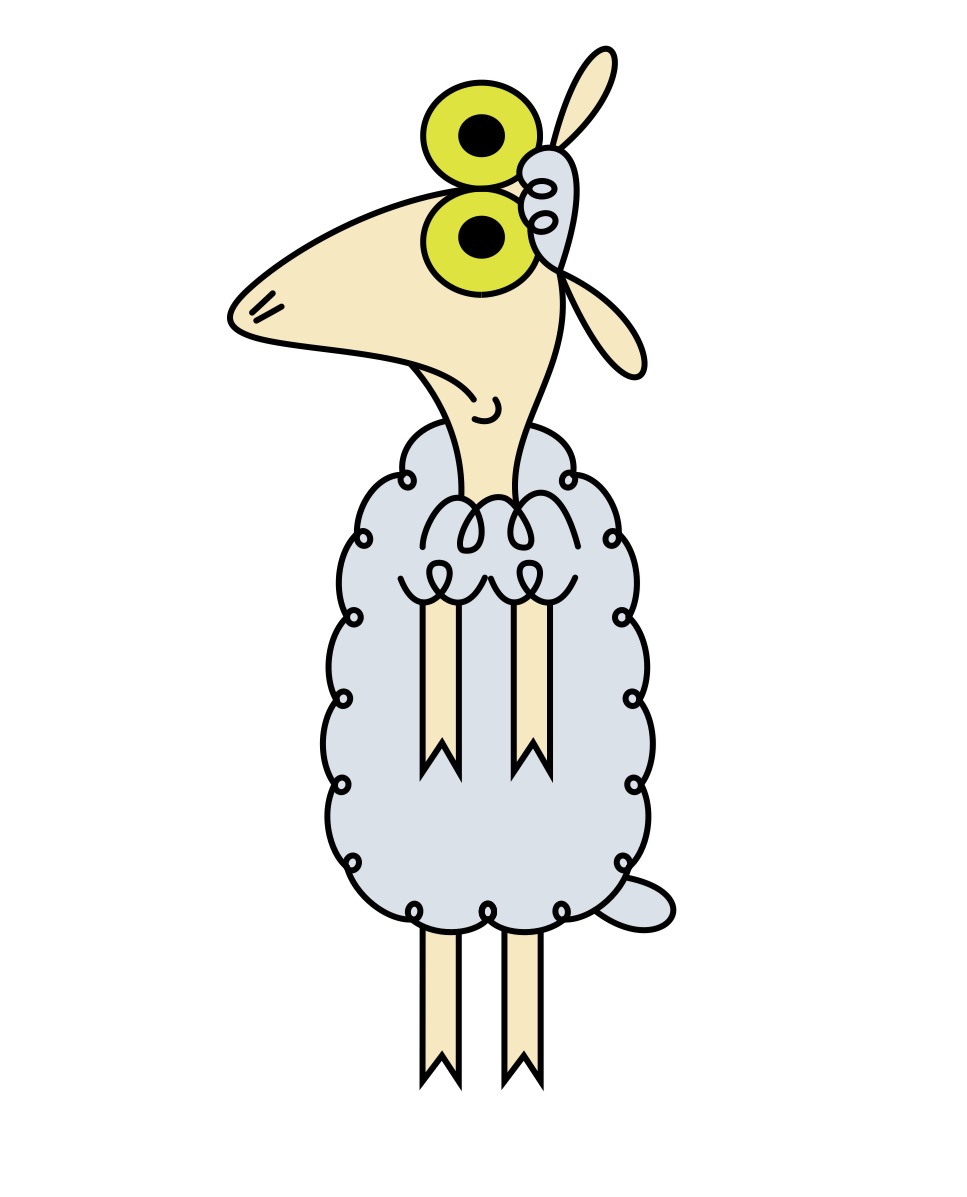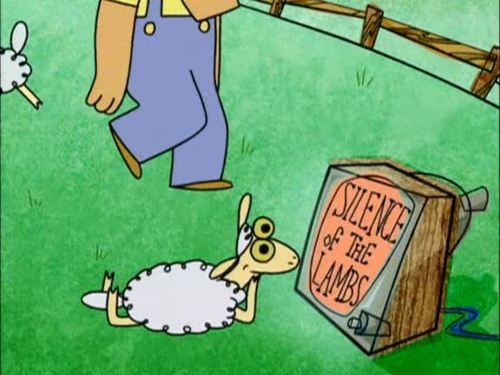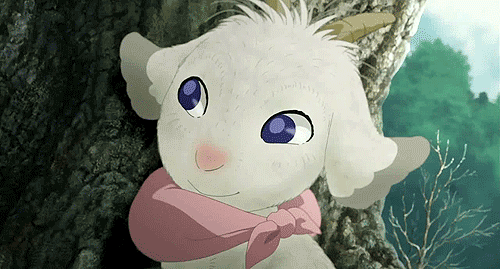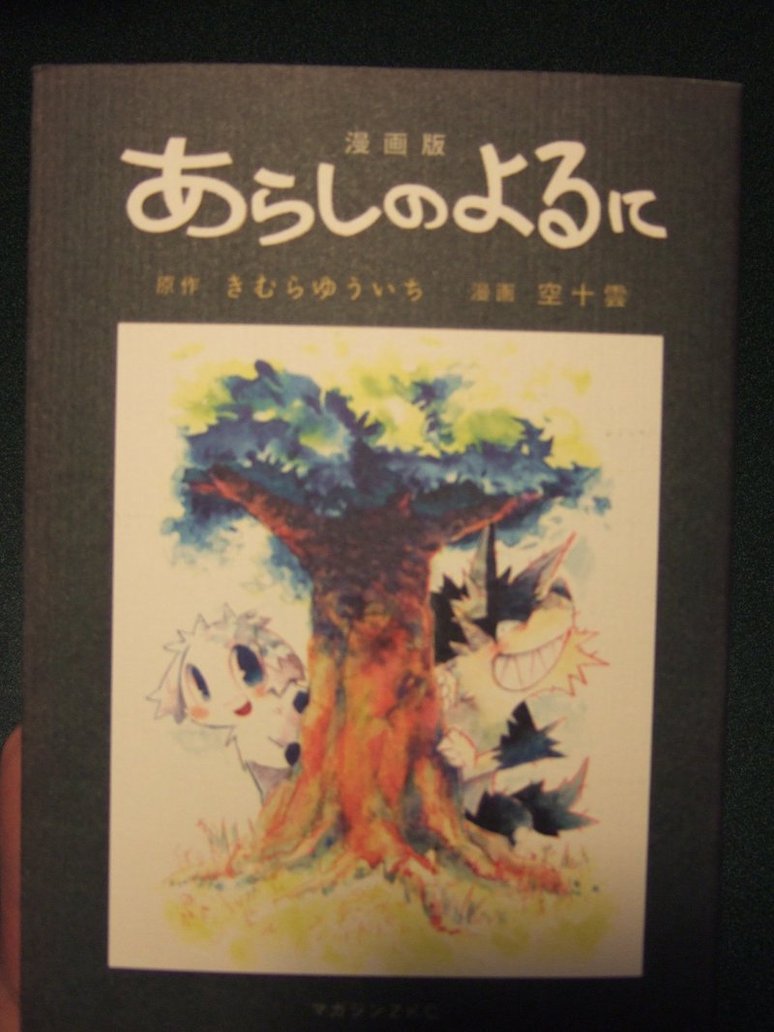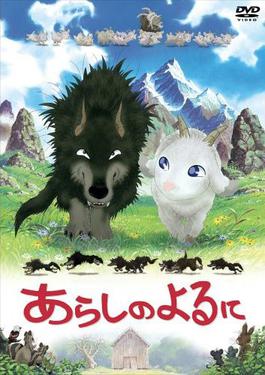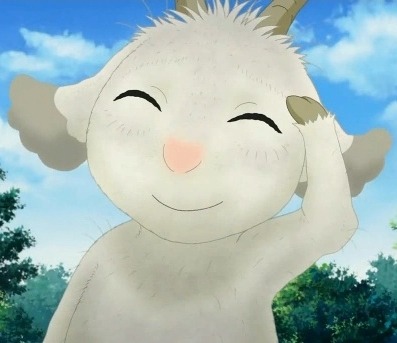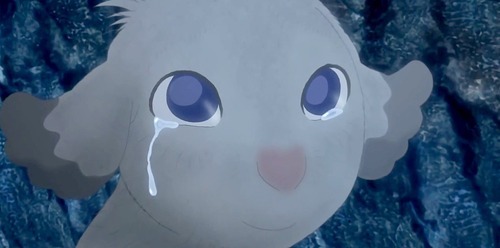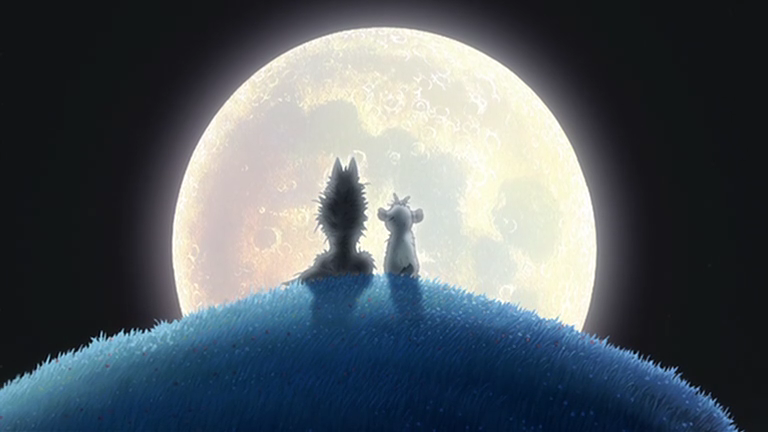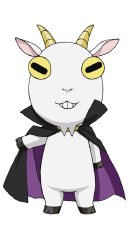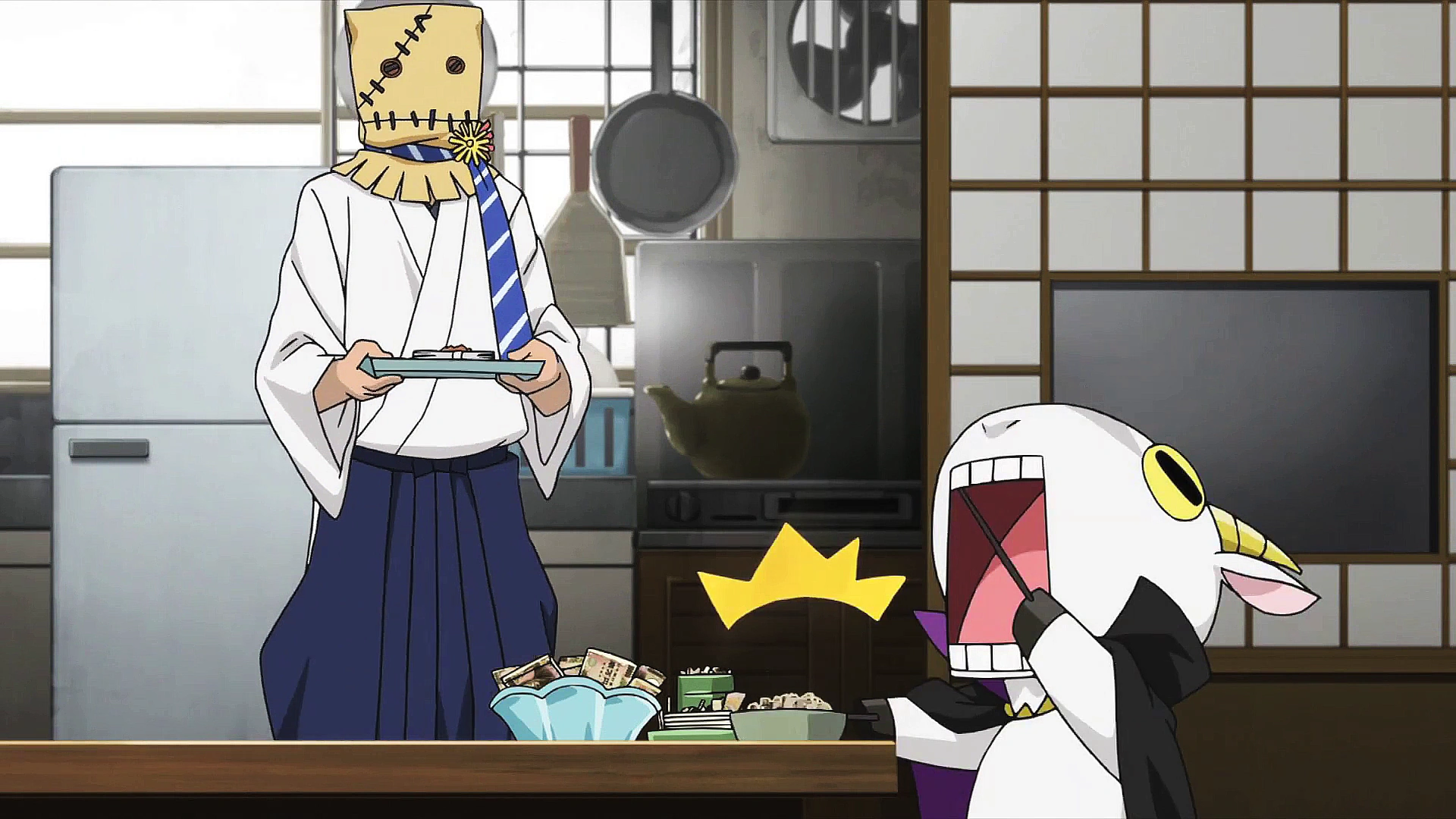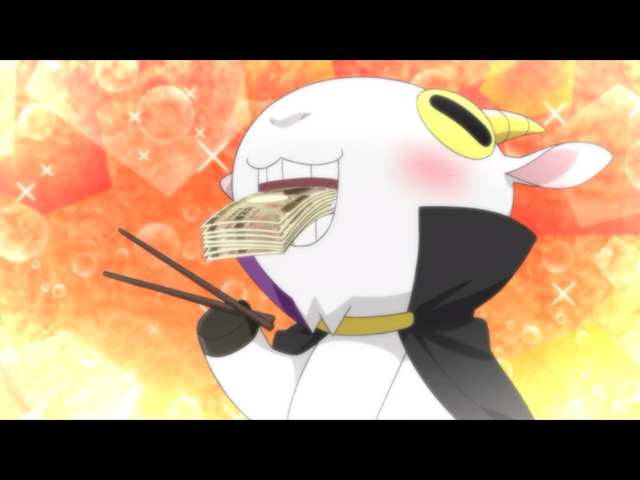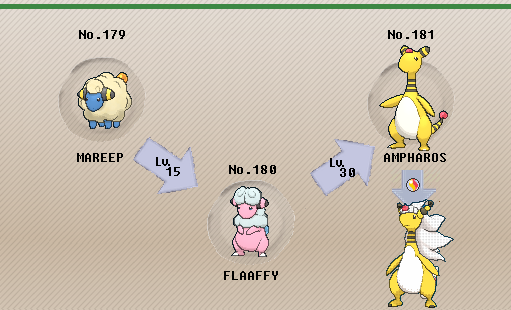DISCLAIMER: All images in this blog
review are owned by their respective owners.
Summary:
When a girl named Riley was born, a manifestation of the emotion of Joy (Amy Poehler, Parks and Recreation) was born in her head too. Over the next 11 years, manifestations of Sadness (Phyllis Smith, The Office), Fear (Bill Hader, Saturday Night Live), Anger (Lewis Black, The Daily Show with Jon Stewart), and Disgust (Mindy Kaling, The Office) join Joy in the headquarters of Riley’s brain and work together to make Riley function in life by creating orbs of memories that in turn create Riley’s personality. Things change though when Riley and her family move to San Francisco, leading to an incident that causes Joy, Sadness, and key memories to be separated from the others. And so, Joy and Sadness must work together to get things back to normal and journey through Riley’s mind before she is inadvertently and emotionally destroyed from the inside out, and along the way discover that even the seemingly worst emotions have their own uses and purpose in life…
When a girl named Riley was born, a manifestation of the emotion of Joy (Amy Poehler, Parks and Recreation) was born in her head too. Over the next 11 years, manifestations of Sadness (Phyllis Smith, The Office), Fear (Bill Hader, Saturday Night Live), Anger (Lewis Black, The Daily Show with Jon Stewart), and Disgust (Mindy Kaling, The Office) join Joy in the headquarters of Riley’s brain and work together to make Riley function in life by creating orbs of memories that in turn create Riley’s personality. Things change though when Riley and her family move to San Francisco, leading to an incident that causes Joy, Sadness, and key memories to be separated from the others. And so, Joy and Sadness must work together to get things back to normal and journey through Riley’s mind before she is inadvertently and emotionally destroyed from the inside out, and along the way discover that even the seemingly worst emotions have their own uses and purpose in life…
Malcolm:
Well, if you need more variety, you can always try Diet
Pixar.
Nostalgia Critic: Oh, no ****. What’s in that one?
Malcolm: Well, it’s a very simple recipe: It’s all the Pixar sequels; excluding Toy Story of course.
Nostalgia Critic: Of course. I mean, every diet product gets lucky and has some substance once in a while.
-Nostalgia Critic, The Swan Princess review
Nostalgia Critic: Oh, no ****. What’s in that one?
Malcolm: Well, it’s a very simple recipe: It’s all the Pixar sequels; excluding Toy Story of course.
Nostalgia Critic: Of course. I mean, every diet product gets lucky and has some substance once in a while.
-Nostalgia Critic, The Swan Princess review
The 20 years of Pixar
To say that Pixar is a powerhouse is an
understatement. Much like Disney, Pixar has spent the past 20 years producing
top-notch quality animated films that resonates with both adults and kids.
Pixar is what many consider the finest CGI animation company that ever existed.
It created the first full-length CGI animated feature (1995’s Toy Story), and
pioneered the way for others to try (and sometimes fail) to follow their
example in the form of DreamWorks, Blue Sky Studios, and others.
Even Disney, which ironically later bought out
Pixar, soon followed their example by shifting primarily to CGI for their major
animated features, which has led to Disney experiencing its current golden age.
It makes it all the more funny and ironic where if you do read up on Pixar’s
history, everything somehow leads back to Disney. But I’m not here to talk
about Pixar’s history in development, I’m here to talk about Pixar’s movie
roster, their most recent entry into said roster, and why this movie reminds us
why we love Pixar so much.
The "Dark Age" of Pixar
There’s a reason why I added that tidbit from The
Nostalgia Critic’s review of The Swan Princess. Like any long-running film
franchise or established companies, everyone is going to have wildly varied
opinions on different installments and entries. But I think most agree that,
after Toy Story 3, Pixar pretty much went into a funk that made people question
its infallibility: Cars 2 was the first critical bomb, while Brave and Monsters
University received mixed critical reactions. It also showed how Pixar seemed
to be succumbing to “sequilitis” with follow-ups to Cars and Monsters Inc
instead of doing what Pixar was usually known for: new takes at established
ideas. It’s kind of ironic that it’s a reversal of the mid 1990’s-2011, where
Disney fell and succumbed to “sequilitis”, while Pixar rose high and established
its name. From 2011-2015, Disney bounced back with the likes of Wreck-It Ralph,
Frozen and Big Hero 6, while Pixar started to decline with the aforementioned
Cars 2, Brave, and Monsters University.
Inside Out…could possibly change that.
*GASP!* Pixar is good again?!?
It has become my opinion that Pixar works best when
it takes simple ideas and turns them into high concepts. If you look at Pixar’s
lineup of movies, you can clearly see for most of them that, while the basic
premise and idea is very simple or unoriginal, what they offer are different
viewpoints or takes on them, answering questions that we probably wouldn’t
examine under normal circumstances. For example, Toy Story is by no means the
first story to have the idea of toys coming to life, but it raised questions
about the very existence of these things we take for granted, and what kind of
existential experiences they could possibly have. Monsters Inc takes the fear
of monsters in our closets and turns it into a whole monster world where it’s
an occupation. Finding Nemo is about a son who’s separated from his father, but
the journey and ocean setting makes it unique and creative. Up is about an old
man moving on from the death of his wife with a Boy Scout inadvertently
teaching him about the importance of moving on, etc.
Inside Out, on paper, is probably the most simple
and basic of all of them: A little girl moving to a new city, the emotions
inside of her mind trying to make her function, and a story of a duo being
separated from their home and trying to go back. It takes premises seen in
multiple Pixar movies before it, yet through a combination of a well written
plot, richly developed characters, gorgeous animation, and multiple layers of
emotional depth, Pixar has created what is in my opinion Pixar’s best movie
since Toy Story 3. Some even argue that
it’s possibly Pixar’s best work so far, but I’ll elaborate more after the
spoiler warning.
To me, there are three essential things this movie
exceeded at: Setting, characters, and story.
First, let’s talk about the setting: Riley’s mind. It
goes without saying that the idea of interpretations of our body is anything
but original. To my knowledge, Disney has done multiple short works on the
subject, there was a show in the 90’s called Herman’s Head, there was Eddie
Murphy’s Meet Dave in the 2000’s, and that decade also gave us Osmosis Jones
and its companion TV series. The idea has done to death, but with any so-called
unoriginal ideas, the key is to put a new spin on it so that it seems original.
As such, Inside Out succeeds with flying colors.
Riley’s mind is a fully realized world onto itself,
with so many creative locales that it completely sucks you in. Apart from the headquarters
where the emotions work, there are other places that are representations for
the various aspects of her mind. There is a place for abstract thoughts, a
place for her imagination, dreams, subconscious, etc. These places are also
represented as if they were real places to visit, such as the place of dreams
being a movie studio, was a stroke of genius that added more depth to it,
because it’s as if Riley’s mind was designed by a child. And as Riley is a child,
it makes even more sense. I really wish I could describe it in more detail, but
to do so would be a disservice. You really should watch the movie and see for
yourself.
What could our minds possibly look like?
Second, let’s talk about the five emotions. Because
the characters are literal, separate emotions, and are designed to look like
they are one note with not much personality beyond their precise purpose, you
would think that these characters would be flat or poorly written. However you
don’t need a psychologist to tell you that our human emotions are complex.
Perhaps it’s because of the imaginations of the writers, or the consultation
from actual psychologists during production, but the characters in the movie
definitely have their own layers that go beyond their emotional labels.
First, there is Joy. This yellow happiness pixie is
the dominant emotion of Riley and is responsible for Riley’s personality, happy
memories, and attitude. She is the leader of our emotional crew, optimistic,
and does her best to make Riley stay as happy as possible. As a consequence,
she believes that constant happiness has no room for negative emotions, and
tends to treat the other emotions differently. Yet because she is literal joy,
she doesn’t do it with any kind of malice; she is just ignorant and unknowingly
bossy. She is a leader in the right way because I feel that every leader needs
to put on a brave face, keep an eye on the positives, and ensure that others do
their job. She is also a leader in the wrong way because endless optimism at
the cost of willingly ignoring reality can be harmful, and her shouldering all
the responsibilities makes her a control freak. In many ways she reminded me of
Woody from the first Toy Story, and like Woody she goes through a journey in
the movie that changes her (and Riley) for the better.
Next is Sadness, who is by far my favorite character
in the movie. Sadness’s gimmick is that she is constantly depressed, like Eeyore
from Winnie the Pooh. This poor teardrop-shaped sad sack is seemingly
misunderstood by the other four emotions, and is practically abused and forced
into isolation by Joy because of her belief that Riley always needs to be
happy. As a result, she sees herself as useless and unneeded while the other
emotions work. As the embodiment of sadness, she often reflected on life’s
issues and had a lot of time to reflect and study just how Riley’s mind really
works. If the glasses don’t make it apparent, she is smarter than she lets on
and is Joy’s voice of reason when the two get separated from Headquarters and
need to navigate Riley’s mind to get back. In the end her only real flaw is
that she is constantly sad, but as we see in the movie, she indeed serves a
role. I’ll go into further detail once we talk about the story.
The other three emotions of Fear, Disgust and Anger
serve a different role in the movie, and unlike the other two, story
circumstances prevent us from digging deeper into them. Nevertheless like in
real life, these emotions are just as important to Riley and to the story. Fear
is an insecure worrywart that protects Riley by alerting her to possible
dangers, Disgust is an uptight diva that prevents Riley from being physically
& socially poisoned, and Anger is a passionate hothead that allows Riley to
react to anything unfair. Now admittedly these three emotions are the cause of
one of the major conflicts of the movie, but I believe it to be a microcosm of how
we as human beings should operate: That we need a healthy balance of emotions
to function, and too much negativity will affect us in the long-term.
To discuss more on these characters would require to
discussing the story, which is where I feel that Pixar as usual exceeded
expectations. As said previously, the three core stories of the movie are
anything but original. However, the way all three work together is just
masterful. I feel the best way to go about this is to talk about them
individually.
Let’s talk about the first plot of two characters
going on an adventure before they return home. This type of story has been seen
so many times in Pixar: Toy Story, Finding Nemo, WALL-E, Up, and Brave come to
mind. What made each experience though were the worlds that each movie
inhabited, and in Inside Out’s case, they once again had a winner. This one is
the primary plot because it causes the most amount of change with the main characters
On Riley’s first day in her new school, Sadness
accidentally causes a sad memory to be made, and Joy tries to prevent that from
happening in order to keep Riley happy. This results in the two being swept
away out of headquarters and into the depths of Riley’s mind. Along the way,
Joy and Sadness meet plenty of colorful characters, exotic locales, and help
each other develop as characters. One character they meet is Riley’s lost
imaginary friend Bing Bong (Richard Kind, Mad
About You), their guide to get Joy and Sadness back to headquarters. Bing
Bong is rather dim-witted, but is bright and cheerful. Some may find him as
odious comic relief, but he serves as an essential role for two reasons:
1. An
incident causes Bing Bong to become depressed, which gives us a moment that
allows us to see where Sadness can succeed where Joy failed: Being empathetic towards
others, allow them to express their sorrow and get things off their chest in
order to press on. Joy later comes to a revelation that Sadness’s presence
allows others to help Riley when she needs help, showing us the first instance
of a memory made up of two emotions.
2. In one of the saddest moments in the movie, Bing Bong sacrifices his existence to allow Joy to return to Headquarters, show Sadness the importance of her existence, and resolve the conflict of the movie.
2. In one of the saddest moments in the movie, Bing Bong sacrifices his existence to allow Joy to return to Headquarters, show Sadness the importance of her existence, and resolve the conflict of the movie.
The second plot is the backdrop of the first one, where we have the emotions making Riley function. Toy Story, Monsters Inc and Finding Nemo were the first Pixar movies to show how a society can be formed out of the seemingly mundane, and Inside Out is very similar in that regard. Again it boils down to execution, and Inside Out’s way of interpreting how the mind works is very imaginative. The five emotions man a console in headquarters and each emotion takes over whenever something is about to happen to Riley. A color coded memory orb is then created depending on the emotion. There are sometimes special memories called Core Memories that are put in a capsule that form “Personality Islands” that make up Riley’s personality or hobbies. It’s a very clever interpretation and insight into the human mind.
Fear, Disgust and Anger are center stage in this plot, and in their attempt to take Joy’s place, make things worse for Riley and cause all sorts of trouble for Joy and Sadness in their journey to get back to headquarters. Things hit a new low when the three implant an idea into the console: Run away back to Minnesota to create new core memories and make Riley happy again. But their actions cause the Personality Islands to crumble and the console to malfunction, leading Riley to become almost uncaring and apathetic. It’s thanks to the timely return of Joy and Sadness, and the revelation of Sadness’s true purpose, that they restore Riley to normal. At the end of the movie, we find that the five working properly together has caused major changes to Riley’s mind. We can clearly see how the two plots inter-mesh with each other to create a strong enough whole story on their own…
…but what pushes Inside Out to its level of greatness, what adds to an already excellent movie, is the third plot of Riley & her family moving to a new town, and Riley herself. A “slice-of-life” plot that is so simple and so unoriginal that it’s practically not worth talking about. Toy Story & The Incredibles had such a plot as their backdrops, and the first 10 minutes of Up showed us the simple joy of just seeing people live their lives. The way I see it, Inside Out’s own moving plot combines the best of those three and adds something new to it with the knowledge of how the emotions were behind everything and shaped Riley as a character throughout the movie.
Throughout all her life in Minnesota, Riley was joyfully happy, upbeat, and optimistic. She was very friendly, goofy, honest, loved hockey, and loved her family even more. When she and her family moved to San Francisco though, she changed. She was initially fearful and disgusted by her new living conditions, and angered by various circumstances that made the moving experience harder. On her first day of new school, she was saddened by the weight of recent events, and she took her anger out on her parents. She consequently lost interest in hockey and was further angered when her Minnesotan friends seemingly forgot all about her. Finally having had enough, she angrily decided to move back to Minnesota where she was happy, but was at first fearful and disgusted by what she had to do. Unfortunately, her anger overrode whatever fears she had, and she stole her mom’s credit card to take a bus back home. She boarded the bus, apathetic and uncaring, but at the last minute the thought of making her parents sad caused her to return home and confront her worried parents. All the good memories she had back in Minnesota caused her to finally break down and cry, and she confessed to her parents how much she missed home, and how she never tried to be sad and always tried to be their joyful little girl. Finally letting it all out, it seemed she would look back at this moment in her life, one full of both joy and sadness, as one where she would accept San Francisco as her new home and where the relationship with her parents became stronger.
I hope by now you have noticed the amount of bold-lettered emotions highlighted, because they emphasize the point I’ve been making and why I love the third plot line so much: Because for something so simple, it is layered with a lot of depth from something we wouldn’t normally notice or pay attention to. Anyone who has experienced moving, or any life-changing experience, can relate to the emotional turmoil and uncertainty they felt. Pixar pretty much emulated honest-to-goodness life. Sometimes, things just happen the way they do. And it is our emotions that guide us through our own trials and tribulations, our own adventures, our own stories, our own movies. We want our lives to be a happy and joyful one. Sadness will always be present, and it of course will sometimes be unwanted, but sadness can bring people together for a brighter future, and throughout our lives we will experience the cycle of joy and sadness, with fear, disgust, and anger in-between.
Conclusion:
The title of this movie, Inside Out, is simple but poignant.
The way the movie shows us how manifestations of our emotions control the mind
of a girl experiencing a life changing event, and the consequences that come with
it, is highly innovative, thought-provoking, and entertaining. Its colorful and
wacky designs can attract the little kids, while the literal cerebral nature of
the movie and the questions it raises can appeal to the older audiences. It’s a
movie that can make you reflect on yourself and how your own emotions function,
as if you were looking at your own mind from the inside out.
It’s honestly very difficult to think of anything that’s particularly bad with the movie. All I can personally think of are nitpicks, like how certain interpretations of the mind are confusing, plot points, etc. But to me they don’t matter because everything else is just so good. Doug Walker, the person who plays the Nostalgia Critic, once mentioned that the measure of a good movie is how much the illusion tricks you into ignoring its flaws. To me, that can’t be more apparent than this movie.
For me, Inside Out is now tied with Toy Story 3 as my favorite Pixar movie. This may be a cheat, but I feel that while Toy Story 3 is the best sequel Pixar movie, Inside Out is the best standalone Pixar movie. In addition, the movie also provides a lot of excellent humor, amazing animation, outstanding voice acting, and a premise that provides an inordinate amount of questions, potential, and possibilities. When all is said and done and when stacked next to the other 14 Pixar movies, I feel that Inside Out deserves nothing less than…
It’s honestly very difficult to think of anything that’s particularly bad with the movie. All I can personally think of are nitpicks, like how certain interpretations of the mind are confusing, plot points, etc. But to me they don’t matter because everything else is just so good. Doug Walker, the person who plays the Nostalgia Critic, once mentioned that the measure of a good movie is how much the illusion tricks you into ignoring its flaws. To me, that can’t be more apparent than this movie.
For me, Inside Out is now tied with Toy Story 3 as my favorite Pixar movie. This may be a cheat, but I feel that while Toy Story 3 is the best sequel Pixar movie, Inside Out is the best standalone Pixar movie. In addition, the movie also provides a lot of excellent humor, amazing animation, outstanding voice acting, and a premise that provides an inordinate amount of questions, potential, and possibilities. When all is said and done and when stacked next to the other 14 Pixar movies, I feel that Inside Out deserves nothing less than…
5/5
It’s probably the first movie I’ve ever seen in my
life that I could qualify as “The perfect movie”. I look forward to whatever
plans Pixar has, and the eventual follow-up short Riley’s First Date this
November.
However, I would like to close this review out by paraphrasing a few lines from Ratatouille:
"Though I, like some others, have been disappointed with Pixar since Cars 2, Inside Out was a revelation. A simple, yet complex viewing experience. Against all odds, Pixar has recaptured our attention. Only time will tell if they deserve it."
However, I would like to close this review out by paraphrasing a few lines from Ratatouille:
"Though I, like some others, have been disappointed with Pixar since Cars 2, Inside Out was a revelation. A simple, yet complex viewing experience. Against all odds, Pixar has recaptured our attention. Only time will tell if they deserve it."

_poster.jpg)




